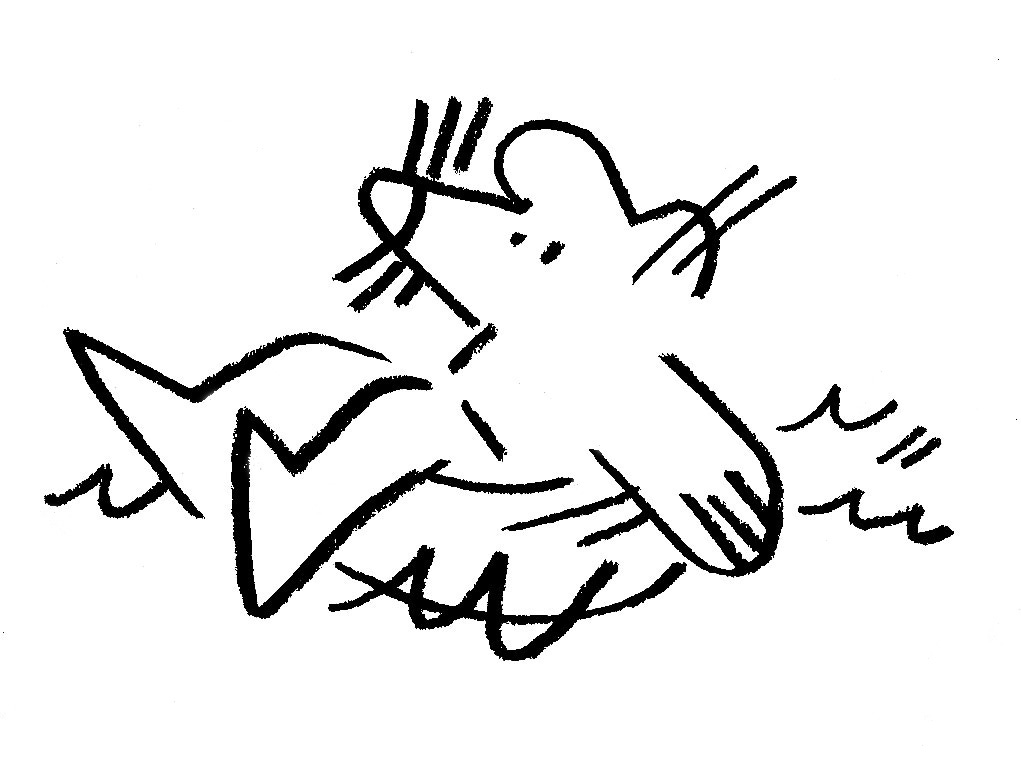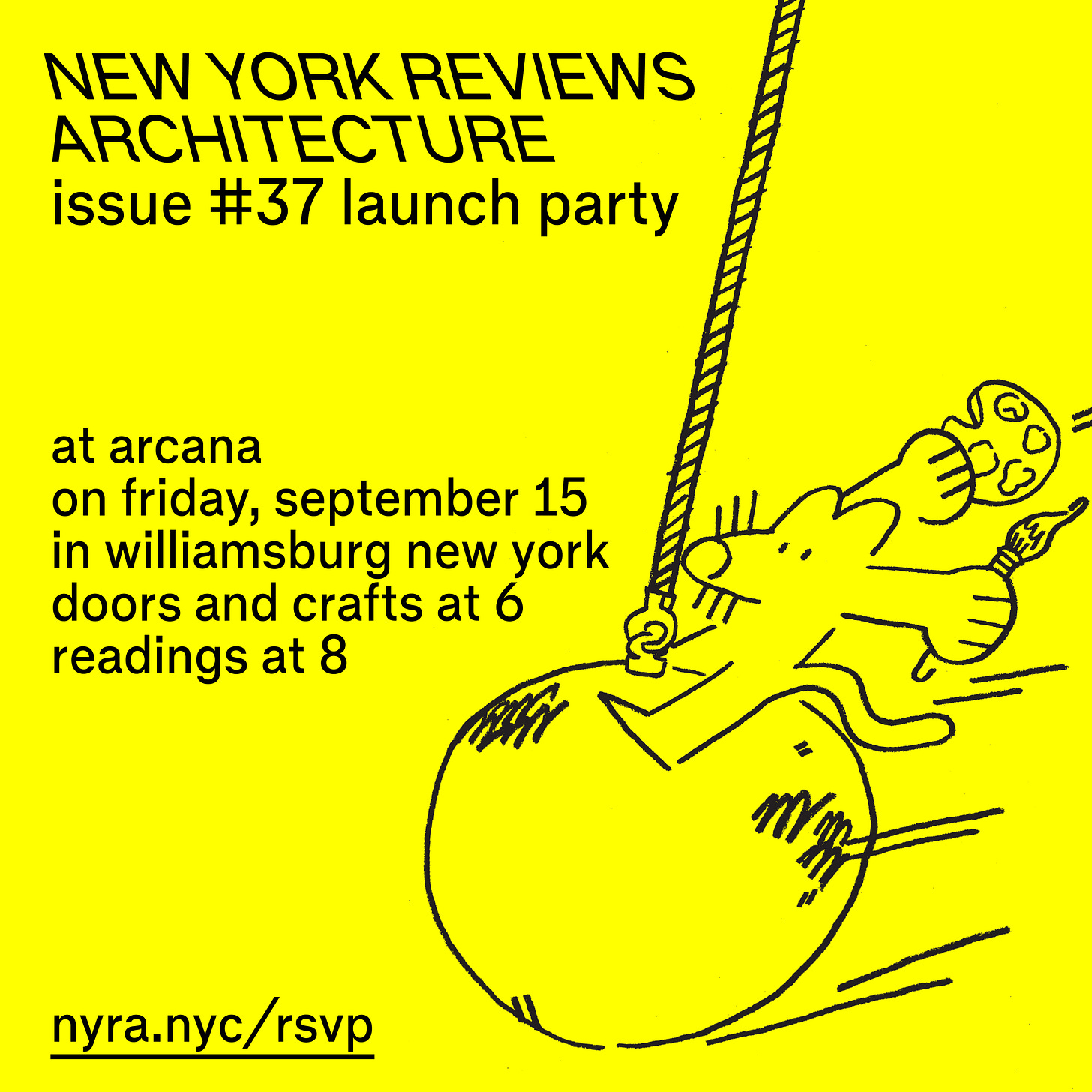We’ll be launching our next issue, #37, tomorrow night in Williamsburg. You should come!
New York, Same Mess
Architectural impotence at MoMA’s latest
New York, New Publics comprises twelve projects, from subway art to waterfront landscape, each accompanied by an original video made on the occasion of the exhibition by Brooklyn filmmaker Hudson Lines and explicated by a wall text that defines the pieces more by what they are not than by what they are: “In contrast to the violent and disruptive nature of large-scale infrastructure and urban renewal initiatives of the past century—which frequently prioritized cars and resulted in the displacement of low-income groups, particularly communities of color—recent design strategies present subtler, restorative interventions.”
While subtlety might at first seem like an obvious antidote to all those years of abuses of power, embodied by prisonlike housing blocks and highways that ripped through neighborhoods, upon further examination, such lightness of hand raises some questions. If these interventions are indeed so subtle, can they actually solve problems of urban and public magnitude? The challenges they purport to resolve (“the most pressing cultural, environmental, and social” ones of our moment) are huge. Don’t they need equally huge solutions? Perhaps the first sentence of the show’s introductory text gives the curatorial position away: “In a city where many aspects of our social lives are shaped by real estate interests and economic forces, architecture can nevertheless play a vital role in fostering collective participation and a sense of belonging.” That sneaky nevertheless positions architecture as the underdog, the try-hard, unexpected hero that will attempt to suture a surgical wound with a Band-Aid.
Puzzling the Will
For the poet Charlotte Van den Broeck, the idea of a building is ludicrous, a bottomless vessel filled by an architect’s unslakable longing.
by Zain Khalid
The inquiry of a dreary fixation—that is, with a baker’s dozen suicides—has produced Bold Ventures: Thirteen Tales of Architectural Tragedy. Through diary, travelogue, and a series of melancholic biographies, epitaphs more like, Bold Ventures circles the centers of individual fates. Widening history’s narrow throat, the Belgian poet Charlotte Van den Broeck allows her obsessions, and those of her doomed subjects, to remodel architecture into an oneiric store of memory. Swimming pool, church, museum. Hanging, gunshot, a despairing leap.
Come hang out with us.
We are having a party, this Friday, at 6 p.m. at Arcana in Williamsburg. There will be free food, reasonably priced drinks, and at least one architect in attendance. There might even be a new issue. We will be building a table together, live, then there will be readings, and then, at 10 p.m., another group will orchestrate a rave (information here about that). Register here: nyra.nyc/rsvp
It Takes Two
The privileges Caro and Gottlieb enjoy go unexamined in Turn Every Page, and the sacrifices of everyone around them are mentioned only in passing.
by Tisya Mavuram
A documentary purports to explore the relationship between Power Broker author Robert Caro and his longtime editor Robbert Gottlieb, but never gets beyond feel-good escapism.
New York Review of Architecture reviews architecture in New York. Our editor is Samuel Medina, our deputy editor is Marianela D’Aprile, and our publisher is Nicolas Kemper.
To pitch us an article or ask us a question, write to us at: editor@nyra.nyc.
For their support, we would like to thank the Graham Foundation and our issue sponsors, Tod Williams Billie Tsien Architects and Thomas Phifer.
To support our contributors and receive NYRA by post, subscribe here.







